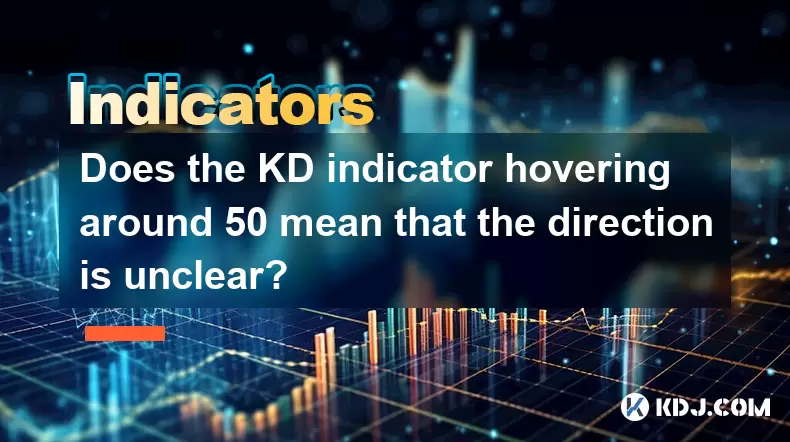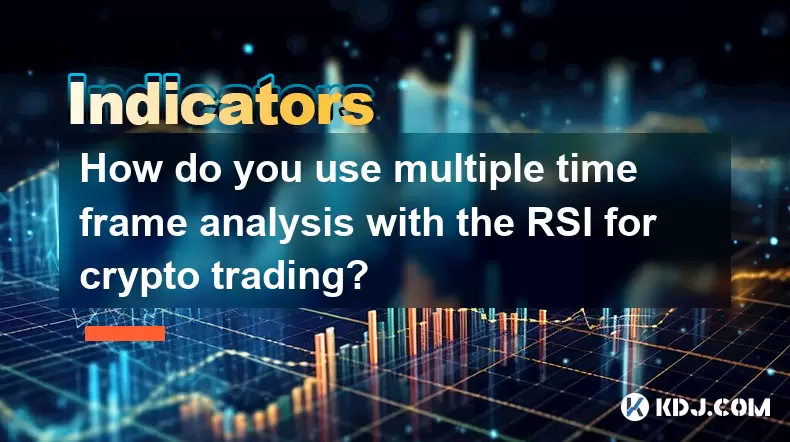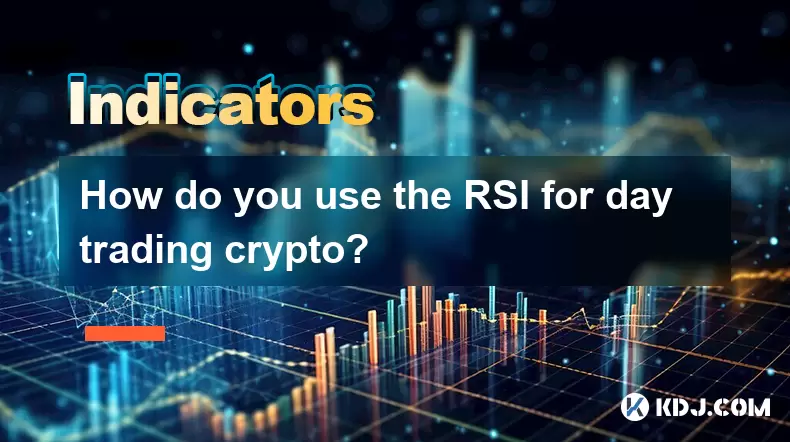-
 Bitcoin
Bitcoin $118400
0.47% -
 Ethereum
Ethereum $3836
2.20% -
 XRP
XRP $3.157
2.98% -
 Tether USDt
Tether USDt $0.9999
-0.03% -
 BNB
BNB $801.5
1.31% -
 Solana
Solana $180.9
2.07% -
 USDC
USDC $0.9999
-0.02% -
 Dogecoin
Dogecoin $0.2225
2.50% -
 TRON
TRON $0.3285
-1.02% -
 Cardano
Cardano $0.7789
2.60% -
 Hyperliquid
Hyperliquid $43.60
2.39% -
 Sui
Sui $3.892
4.41% -
 Stellar
Stellar $0.4229
3.34% -
 Chainlink
Chainlink $18.01
3.98% -
 Hedera
Hedera $0.2745
6.77% -
 Bitcoin Cash
Bitcoin Cash $582.3
3.38% -
 Avalanche
Avalanche $23.77
1.04% -
 Ethena USDe
Ethena USDe $1.001
0.01% -
 Toncoin
Toncoin $3.493
3.59% -
 Litecoin
Litecoin $110.0
2.48% -
 UNUS SED LEO
UNUS SED LEO $8.936
-0.37% -
 Shiba Inu
Shiba Inu $0.00001304
2.49% -
 Uniswap
Uniswap $9.999
1.09% -
 Polkadot
Polkadot $3.897
3.26% -
 Monero
Monero $308.6
-0.83% -
 Dai
Dai $0.9999
-0.01% -
 Bitget Token
Bitget Token $4.504
-0.04% -
 Pepe
Pepe $0.00001154
2.95% -
 Cronos
Cronos $0.1471
3.06% -
 Ethena
Ethena $0.6691
19.53%
Does the KD indicator hovering around 50 mean that the direction is unclear?
When the KD indicator hovers around 50 in crypto trading, it signals market indecision, suggesting neither buyers nor sellers have control.
Jun 21, 2025 at 04:57 pm

Understanding the KD Indicator in Cryptocurrency Trading
The KD indicator, also known as the Stochastic Oscillator, is a momentum oscillator widely used in technical analysis, especially within cryptocurrency trading. It consists of two lines: the %K line and the %D line. The indicator operates on a scale from 0 to 100 and is primarily used to identify overbought or oversold conditions. Traders often rely on it to predict potential trend reversals and assess the strength of ongoing trends.
The core components of the KD indicator include:
- %K — reflects the current closing price relative to the high-low range over a set period (typically 14 periods).
- %D — a moving average of the %K line, usually calculated over 3 periods.
When analyzing crypto markets, understanding how the KD indicator behaves can significantly impact decision-making processes.
What Happens When the KD Indicator Hovers Around 50?
When the KD indicator remains around the 50 level, it typically suggests that the market is in a neutral zone. This value lies between the traditional overbought threshold (above 80) and the oversold threshold (below 20). In this context, the price action lacks strong momentum in either direction, which may imply that neither buyers nor sellers are in control.
Key observations when the KD hovers near 50:
- Market indecision is present, with no clear trend forming.
- The asset might be consolidating before a breakout or breakdown.
- Traders should look for additional signals to confirm potential directional movement.
In highly volatile crypto environments, such as Bitcoin or Ethereum trading, a stagnant KD around 50 can occur frequently during sideways market phases.
How to Interpret the 50-Level in Relation to Trend Strength
A crucial point to understand is that the 50 level is not a reversal signal by itself. Instead, it acts as a midpoint where traders can gauge whether the price is leaning toward bullish or bearish territory. If the KD crosses above 50 after being below it, it could indicate strengthening bullish momentum. Conversely, if it drops below 50 after rising above it, bearish pressure may be increasing.
To better interpret the 50-level behavior:
- Watch for crossovers between the %K and %D lines near the 50 mark.
- Analyze volume and other indicators like RSI or MACD for confirmation.
- Consider timeframes — short-term fluctuations around 50 may differ from long-term patterns.
This interpretation becomes more valuable when applied across multiple timeframes in cryptocurrency charts.
Practical Steps to Analyze Price Action When KD Is Near 50
For traders who notice the KD indicator lingering near 50, there are several practical steps they can take to avoid false signals and improve trade accuracy:
Steps to follow when KD is around 50:
- Check support and resistance levels to see if the price is approaching key zones.
- Look at candlestick patterns for signs of reversal or continuation.
- Use Bollinger Bands or volatility indicators to determine if a breakout is imminent.
- Wait for a confirmed move above or below 50 before entering a position.
By combining these techniques, traders can filter out noise and focus on higher probability setups in the crypto market.
Common Misinterpretations of the KD Indicator Around the 50 Level
One common mistake among novice traders is interpreting the KD hovering around 50 as a signal to trade immediately. However, doing so without confirmation can lead to losses due to whipsaws and false breakouts. Another misconception is treating the 50 level as a fixed support or resistance level, which it is not.
Avoid these pitfalls:
- Don’t assume a trend change just because KD crosses 50.
- Don’t ignore divergences between price and KD even if the indicator is near 50.
- Don’t rely solely on KD — always cross-reference with other tools.
Understanding these nuances helps traders maintain discipline and avoid emotional decisions in fast-moving crypto markets.
Frequently Asked Questions
Q: Can the KD indicator be used alone for trading decisions in crypto?
While the KD indicator provides useful insights into momentum, it's best used alongside other indicators and chart patterns. Relying solely on it may result in misleading signals, especially in volatile crypto markets.
Q: What timeframes are best suited for observing the KD indicator in cryptocurrencies?
Shorter timeframes like 1-hour or 4-hour charts can provide frequent signals, but daily charts offer more reliable trend context. Traders often use multiple timeframes for confirmation.
Q: Is the 50 level a universal signal across all cryptocurrencies?
No, the behavior of the KD indicator around 50 can vary depending on the specific cryptocurrency, its volatility, and broader market conditions. Always consider the asset’s unique characteristics.
Q: How does the KD indicator differ from RSI in terms of interpretation around the 50 level?
The RSI measures speed and change of price movements and has a neutral zone around 50 as well. However, RSI focuses more on overbought/oversold extremes, while KD emphasizes momentum crossovers. Both can complement each other.
Disclaimer:info@kdj.com
The information provided is not trading advice. kdj.com does not assume any responsibility for any investments made based on the information provided in this article. Cryptocurrencies are highly volatile and it is highly recommended that you invest with caution after thorough research!
If you believe that the content used on this website infringes your copyright, please contact us immediately (info@kdj.com) and we will delete it promptly.
- SEC, Crypto, and Securities: Navigating the New Frontier
- 2025-08-01 05:10:12
- Cardano (ADA) Market Cap: Can It Compete with Emerging Cryptocurrencies and Meme Coins?
- 2025-08-01 04:30:12
- SEC, Crypto, and On-Chain: Navigating the Regulatory Maze
- 2025-08-01 02:31:40
- Jito Labs, Solana, and Liquid Staking: Riding the Wave of Innovation
- 2025-08-01 03:50:12
- Perpetual DEX: Navigating Onchain Trading and Solving Core Problems, a NY Perspective
- 2025-08-01 03:57:53
- Bitcoin Bullish Market: How Long Positions are Boosting the Crypto King
- 2025-08-01 02:35:33
Related knowledge

How do you use multiple time frame analysis with the RSI for crypto trading?
Aug 01,2025 at 05:19am
Understanding the Role of RSI in Crypto TradingThe Relative Strength Index (RSI) is a momentum oscillator that measures the speed and change of price ...

How can you use the RSI to determine exit points in crypto trades?
Aug 01,2025 at 04:29am
Understanding the Role of RSI in Crypto TradingThe Relative Strength Index (RSI) is a momentum oscillator widely used in the cryptocurrency market to ...

How do you use the RSI for day trading crypto?
Aug 01,2025 at 05:26am
Understanding the RSI in Cryptocurrency TradingThe Relative Strength Index (RSI) is a momentum oscillator that measures the speed and change of price ...

What does it signify when the MACD crosses below the zero line?
Aug 01,2025 at 01:43am
Understanding the MACD IndicatorThe Moving Average Convergence Divergence (MACD) is one of the most widely used technical analysis tools in the crypto...

How does the MACD histogram show momentum?
Aug 01,2025 at 01:16am
Understanding the MACD Histogram and Its Role in Cryptocurrency TradingThe MACD histogram is a visual representation of the difference between the MAC...

What is a MACD crossover?
Jul 31,2025 at 11:52pm
Understanding the Role of Private Keys in Cryptocurrency SecurityIn the world of cryptocurrency, private keys are the cornerstone of ownership and con...

How do you use multiple time frame analysis with the RSI for crypto trading?
Aug 01,2025 at 05:19am
Understanding the Role of RSI in Crypto TradingThe Relative Strength Index (RSI) is a momentum oscillator that measures the speed and change of price ...

How can you use the RSI to determine exit points in crypto trades?
Aug 01,2025 at 04:29am
Understanding the Role of RSI in Crypto TradingThe Relative Strength Index (RSI) is a momentum oscillator widely used in the cryptocurrency market to ...

How do you use the RSI for day trading crypto?
Aug 01,2025 at 05:26am
Understanding the RSI in Cryptocurrency TradingThe Relative Strength Index (RSI) is a momentum oscillator that measures the speed and change of price ...

What does it signify when the MACD crosses below the zero line?
Aug 01,2025 at 01:43am
Understanding the MACD IndicatorThe Moving Average Convergence Divergence (MACD) is one of the most widely used technical analysis tools in the crypto...

How does the MACD histogram show momentum?
Aug 01,2025 at 01:16am
Understanding the MACD Histogram and Its Role in Cryptocurrency TradingThe MACD histogram is a visual representation of the difference between the MAC...

What is a MACD crossover?
Jul 31,2025 at 11:52pm
Understanding the Role of Private Keys in Cryptocurrency SecurityIn the world of cryptocurrency, private keys are the cornerstone of ownership and con...
See all articles

























































































